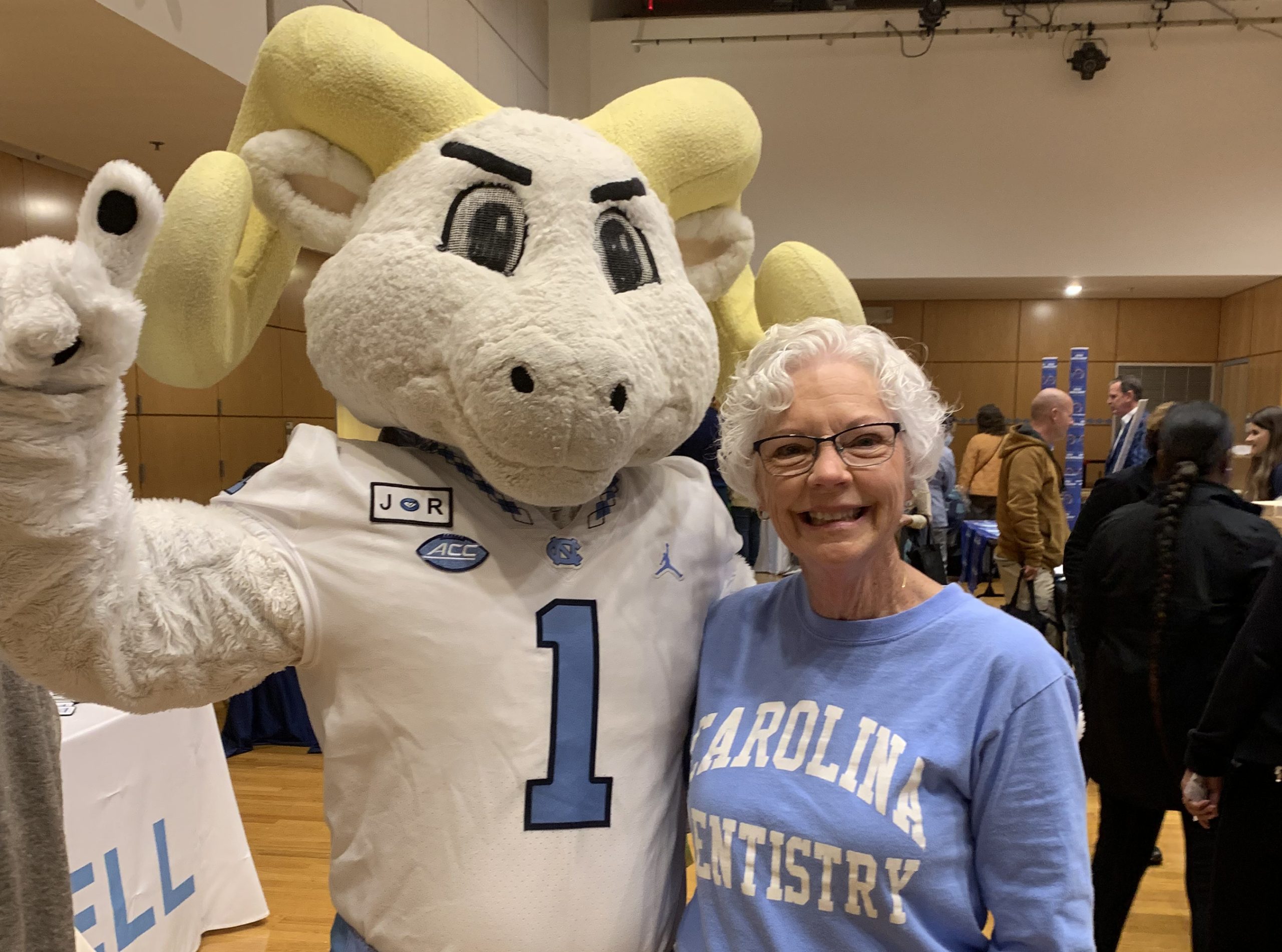ASOD researchers earn NIH planning grant to explore TMD

Several UNC-CH schools and units are working together to take science to a new level, and a recent planning grant funded by the National Institutes for Health and National Institute of Dental and Craniofacial Research will support a new effort to create a collaborative research center focusing on temporomandibular disorder (TMD).
The partnership will include researchers from Adams School of Dentistry, UNC Gillings School of Global Public Health, UNC School of Medicine, UNC Statistics and Operations Research and Duke University to bring together the foremost minds in this field to solve tough problems and make inroads into patient care. ASOD’s Anne Sanders, MS, PhD, and Gary Slade, BDS, DDPH, PhD, the John W. Stamm Distinguished Professor in Dentistry, are using the planning grant to fund new research into polyunsaturated fatty acids (PUFAs) and their metabolic products that can contribute to chronic pain.
Building on existing research
The grant allows the team to build on Sanders’ earlier research work that earned an NIH R21 award and is also central to her recently reviewed grant proposal for NIDCR for a clinical trial of PUFAs for management of painful TMD. It also continues a decades-long history of TMD research at ASOD including the SOPPRANO study and OPPERA studies.
“The longer-term goal of this planning grant is to add to that history through submission of grant proposals to NIH for future funding opportunities for TMD research that they have in the works,” Slade said.
“Funding from these types of planning grants serves as a catalyst for two of UNC’s greatest resources – researchers and their ideas. Our campus has outstanding researchers who, individually, have great ideas for improving the health of humans. A planning grant turns them into a cohesive team to focus their ideas,” Sanders said.
A new approach for TMD treatment
A 2020 review by the National Academies of Sciences, Engineering and Medicine called for new priorities in research and care for TMD patients, and this team approach brings more ideas to the table and can yield more results, with the ultimate goal of human clinical trials and new drugs to treat the disorder.
“Our earlier NIH-funded research shows that adults with a higher ratio of omega-6 to omega-3 PUFAs in red blood cells have higher odds of TMD pain and other pain conditions. They also have lower pain thresholds, heighted psychological distress, and greater sleep disturbance — all of which are risk factors for temporomandibular disorder (TMD) myalgia (muscle pain) and arthralgia (joint pain),” Sanders said.
With the team approach, Sanders and Slade hope to reach the next step – human trials. The team is planning a clinical trial of omega-3 PUFA dietary supplements for adults with chronic TMD pain.


